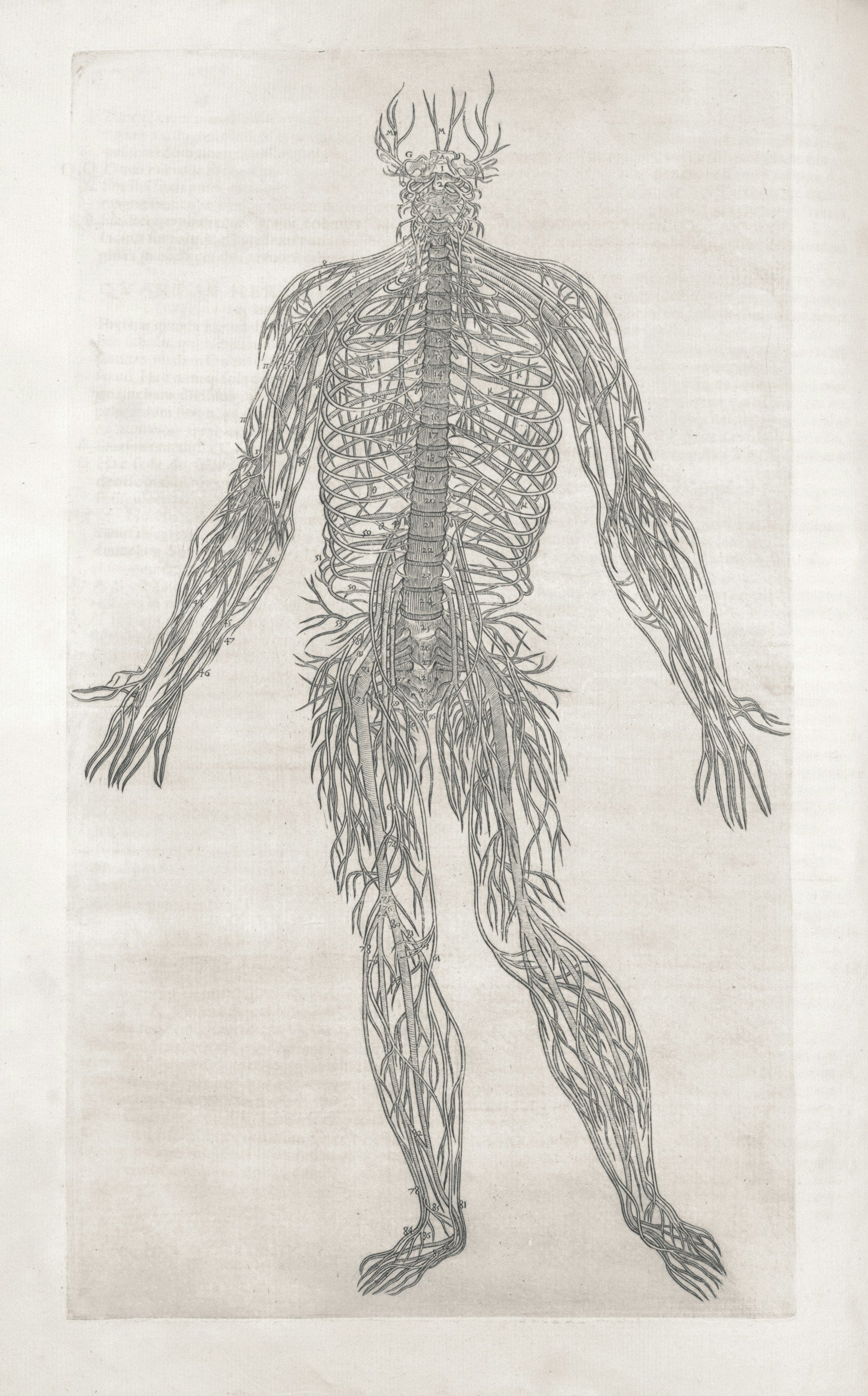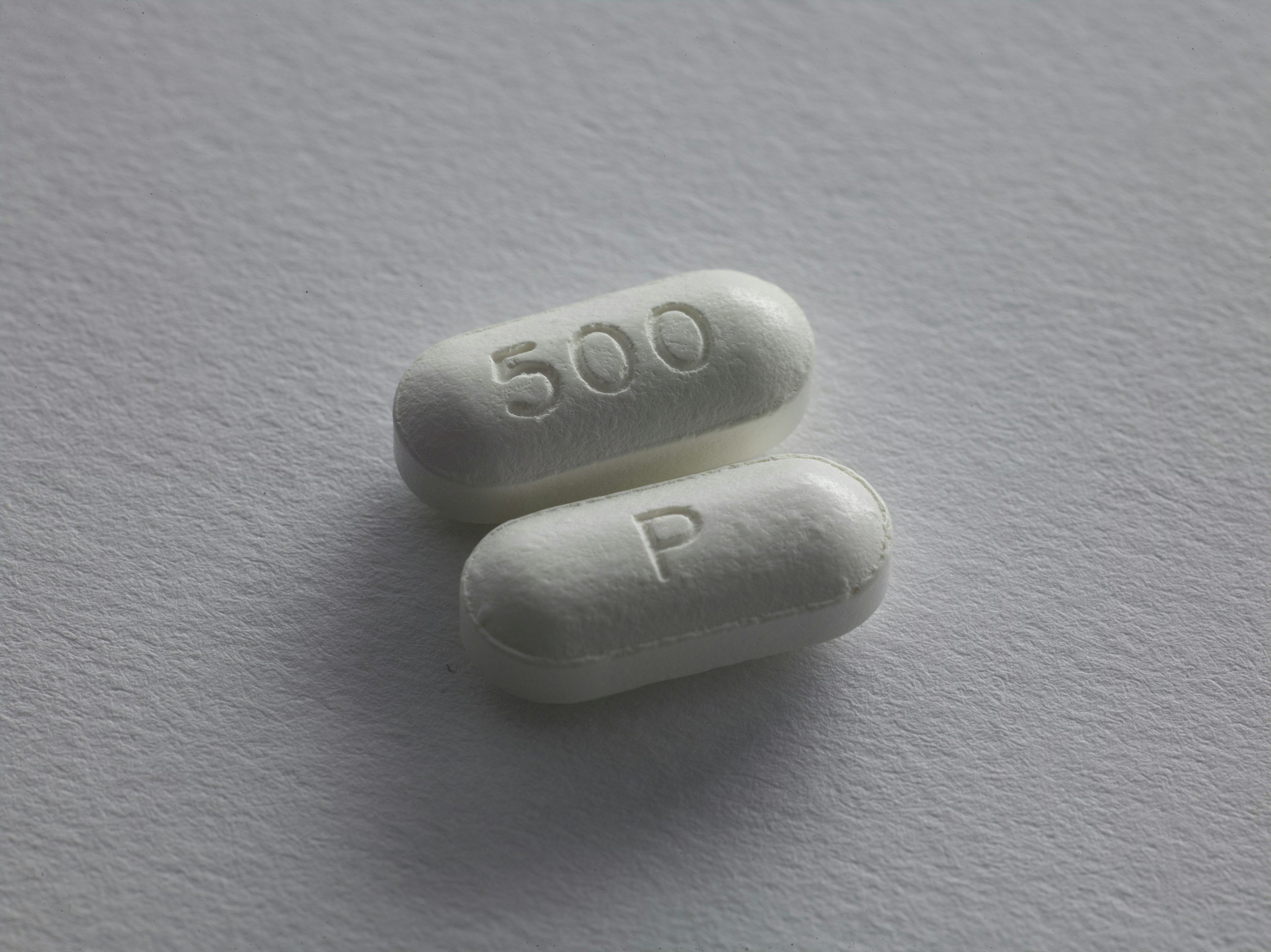Trapped Neurotransmitters: How Iron Deficiency Overloads a Slow COMT Brain
In this article:
Why Anxiety, Insomnia, and Fatigue May Come from Hidden Iron-Based Catecholamine Overload
You already know slow COMT affects how you process dopamine and norepinephrine. But what if your body’s other clearance pathways are also blocked because of low iron?
This article shows how iron deficiency can impair MAO, leading to trapped stress chemicals, chronic overstimulation, and neurological burnout.
It explains why low iron doesn’t just cause oxygen-delivery fatigue but can also cause anxiety, sleep issues, and emotional dysregulation, especially in people with slow COMT.
Learn what to test (and why most iron tests fall short), how to identify the real issue, and how to fix it without making things worse.
If you’ve cleaned up your diet, supported methylation, and still feel overstimulated and exhausted, this may be what you’re missing.
THIS ARTICLE WILL BE AVAILABLE FOR 24 HOURS ONLY. AFTERWARDS, IT WILL BE EXCLUSIVELY AVAILABLE TO SLOW COMT ROADMAP MEMBERS.
“Wired but Tired” Syndrome
A surprisingly common scenario these days: anxiety, poor sleep, feeling overstimulated yet exhausted, "wired but tired," and daytime fatigue despite restless nights.
People with this pattern often get dismissed by their doctors. They get labs done, and the results come back “normal.” But deep down, they know something’s very wrong. Something is off in their inner machinery.
The medical establishment readily dismissed their situation, offering little more than a vague label like “chronic fatigue syndrome” or even a psychiatric diagnosis, ignoring the possibility of any potential organic cause of their illness.
But some patients dig deeper. They stumble across terms like slow COMT, and begin to suspect that their genetics.
But the real key is in the interaction of those genetics with other common modern variables.
One of the most common and unrecognized problems that interacts with slow COMT is iron deficiency. I’ll be addressing:
How exactly iron deficiency interacts with slow COMT variants,
How you can tell if iron deficiency is in fact the problem?
What you can do if you have both issues without making things worse.
The rest of this article is available exclusively to Slow COMT Roadmap members. Your first month of the Roadmap is FREE.
Want me to build you a supplement plan?
To work together one-on-one:
Keep in mind that this is not official medical advice. No doctor-patient relationship is established through this article or through any other information provided on this website.
READ MORE:
Generally speaking, if you have a “mutation” in this gene, what that really means is that you have an under-functioning polymorphism that is less effective at breaking down dopamine, estrogen, and other metabolites…
As you may remember from our previous articles, catechol-O-methyltransferase (COMT) is an enzyme that breaks down catecholamines (most relevantly, dopamine), undesirable forms of estrogen, and other toxic substances in the body…
Vitamin B6 toxicity doesn’t just happen to people taking megadoses. Tingling feet, insomnia, anxiety, heart palpitations, and mysterious nerve symptoms can appear even at low daily intakes—sometimes without any supplements at all. This guide breaks down the full spectrum of B6 toxicity symptoms, from subtle sensory changes to life-altering neurological dysfunction, and explains why “normal” blood levels and doses may not be safe for everyone.
Even doses of vitamin B6 as low as 2 mg per day—commonly found in multivitamins—have triggered severe nerve symptoms in genetically or metabolically susceptible individuals. This article walks through the science, symptoms, and lab patterns behind B6 overload without high-dose supplementation.
Can You Get B6 Toxicity Without Supplements? And what causes it?
Yes, you can. B6 toxicity without supplements occurs when plasma pyridoxal-5′-phosphate (PLP) rises due to impaired metabolism, poor clearance, cofactor imbalances, subtle genetic deficits, insidious overconsumption, and more. And it’s much more common than most clinicians realize. This often leads to symptoms like tingling, anxiety, or autonomic dysfunction, even in the absence of any direct B6 supplement use. Here’s what causes it and what to do about it:
Vitamin B6 is everywhere—multivitamins, B-complexes, prenatal supplements, even hydration powders. It’s recommended for everything from PMS to anxiety to neuropathy. But for a growing number of people, it’s making things worse.
Burning feet, vivid dreams, facial tension, and inexplicable panic episodes aren’t random—they’re often early signs of B6 overload. This isn’t a simple case of “too much of a good thing.” It’s a genuine biochemical derailment that can mimic everything from MCAS to mold illness.
In this article, I’ll walk you through the actual physiology of B6 sensitivity—why standard blood tests are misleading, why P5P (i.e. PLP) often worsens symptoms, and what it really takes to recover. This is for the people who were told B6 was safe and now cannot sleep, think, or feel like themselves.
~ Dr. Malek
Dear Slow COMTer,
The goal of this roadmap is to give you the most direct, straightforward, actionable slow COMT plan possible.
If you've already run genetic testing (like 23andMe or AncestryDNA), you may want to confirm that you're carrying the COMT V158M variant, especially the homozygous (Val/Val) or heterozygous (Val/Met) form, though the latter is less of a concern unless you have symptoms associated with slow COMT.
This roadmap assumes you do, and that you’ve either seen classic symptoms
Cataracts are Ubiquitous, But Not Inevitable
Cataracts are, by far, the number one cause of blindness globally.
According to the World Health Organization, around 94 million people are affected by cataracts, and in the USA, around 70% of people over age 75 have cataracts.
Getting cataracts is extremely likely. But this overwhelming likelihood does not mean that one must resign oneself to such inevitability. It is possible to delay (and sometimes prevent—over the course of a normal human lifespan) significant cataract development.
But doing so requires targeted effort (and I do mean real effort), far beyond the usual “wear sunglasses and hope for the best.”
70–80% of pregnant women experience the nausea and/or vomiting of morning sickness, with the severe form—hyperemesis gravidarum—affecting as many as 1 in 50.
B6 is very commonly prescribed worldwide for such morning sickness. It’s considered by many doctors and regulatory agencies to be the first-line agent, often prescribed as a mixed B6 + doxylamine and in dosages often up to 100 mg per day total.
ACOG, for example—a major medical regulatory agency—recommends 10-25 mg B6 three to four times daily, taking you close to that 100 mg per day.
That’s a lot of B6.
I want to start this article by immediately making it clear that not everyone requires supplemental B6. This is a very common mistake—and not an innocent one either.
Taking B6 when you don’t need it can lead to “toxicity” symptoms (for the record, I don’t agree with the mainstream understanding of B6 “toxicity” and absolutely believe it can be reversed much more quickly and effectively than by simply “waiting it out” and supporting hydration/vasodilation—the prevailing approach—but that’s another story).
Those “toxicity” symptoms generally begin as neuropathy, like the kind you get with diabetes: tingling in your toes and so on.
But some people absolutely do need B6 supplementation…
“Common Ingredient in Energy Drinks May Increase Risk of Cancer”
”Ingredient in Energy Drinks Linked to Blood Cancer Risk”
You’ll have seen popular new outlets blaring these titles over the last several days. I’d like my readers to know that these titles are entirely misleading and potentially even harmful.
Yet another article is titled:
“This popular drink may increase the risk of blood cancer, warn doctors”
I, for one, am not of those “doctors.”
Something's been on my mind lately, and I wanted to share it with you all:
What is it that really plagues the medical field today? What makes the medical field so endlessly incapable of truly healing, rather than just keeping people locked into a self-perpetuating system?
Why Anxiety, Insomnia, and Fatigue May Come from Hidden Iron-Based Catecholamine Overload: “Wired but Tired” Syndrome.
A surprisingly common scenario these days: anxiety, poor sleep, feeling overstimulated yet exhausted, "wired but tired," and daytime fatigue despite restless nights.
MTHFRSolve is my brainchild.
I’m an IFM-trained Functional Medicine physician with experience solving a wide variety of disorders still seen as mysterious by the modern medical paradigm.
I love solving those mysterious problems.
But doing so—I’ve found—requires two things that are, unfortunately, much too rare in our times: Authenticity and Depth.
MTHFRSolve is my way of giving you a little bit of that.













Slow COMT function affects how the brain and body clear dopamine, norepinephrine, and estrogen—contributing to anxiety, fatigue, supplement intolerance, and poor sleep. This guide explains the full range of symptoms, why they’re often missed, and what works to stabilize those biochemical pathways.